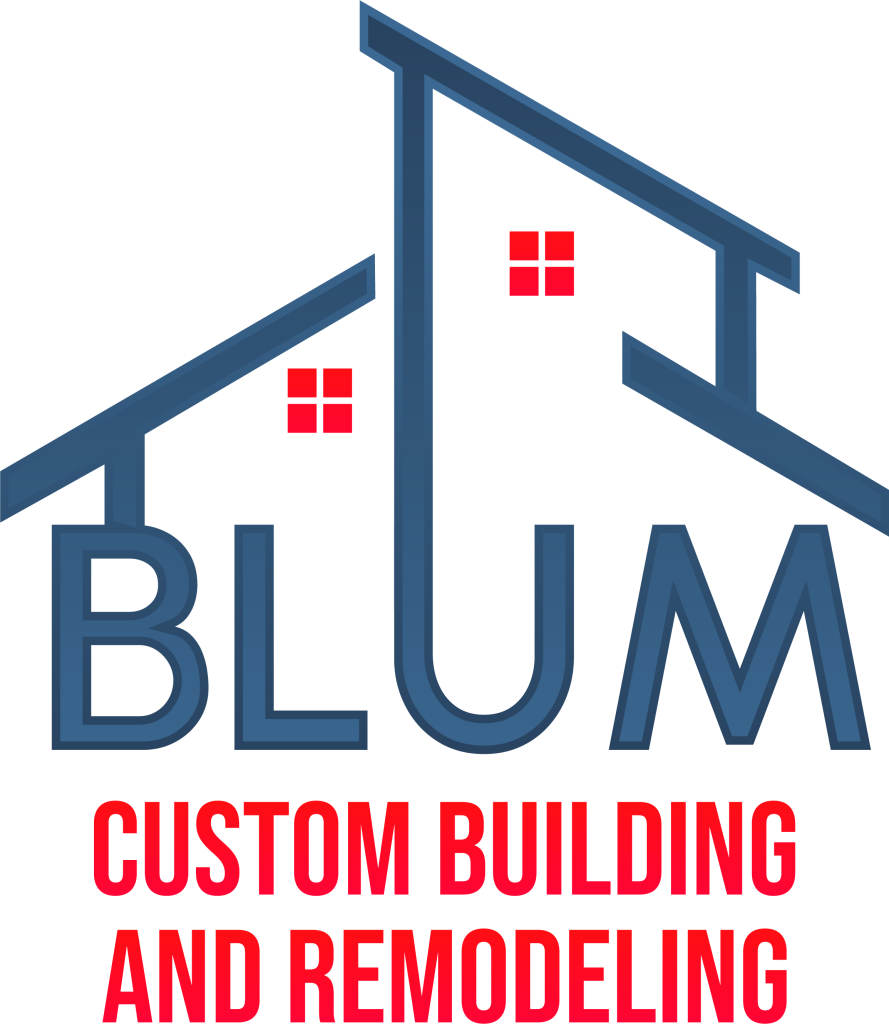Remodeling your bathroom improves a space you use daily. By balancing practical design, durable materials, and smart layouts, you can create a room that’s easier to use and adds value to your home. Careful planning ensures the space meets your needs now and for years to come.
Why Remodel a Bathroom?
The bathroom serves multiple purposes. It is used daily by every household member. Over time, wear and tear can reduce its usefulness. Leaking fixtures, limited storage, and outdated layouts can lead to inconvenience.
Remodeling gives you the chance to address these problems. By adjusting the layout or updating materials, you improve utility. Updated bathrooms can also improve resale value. Homebuyers often look closely at kitchen and bathroom features when making decisions.
But before starting a project, it’s important to understand what you need from any space. Do you need more storage? Would you benefit from better lighting? Do accessibility concerns play a role?
Start with a list. Include what works and what does not. Think about who uses the space. A guest bathroom will differ in use from a master bathroom. Clear goals help guide decisions about layout, materials, and features.
Planning & Budgeting
Remodeling a bathroom in Houston ranges widely in cost. Factors include size, materials, labor, and the extent of the work. A full remodel may involve plumbing updates, tile replacement, fixture installation, and layout changes. Minor updates may involve cosmetic improvements such as painting or installing new lighting.
Set a realistic budget. Leave room for unexpected expenses. It’s common for hidden issues to appear once demolition begins. Mold, water damage, or old plumbing can increase costs. Working with an experienced contractor can help you prepare for these situations.
Design Considerations
Layout plays a central role in bathroom functionality. A poorly arranged bathroom can feel cramped or difficult to use. Adjusting the layout can improve movement, lighting, and access.
Storage is another priority. Vanities with drawers, recessed cabinets, and built-in shelves help reduce clutter. In smaller bathrooms, creative use of vertical space makes a difference.
Lighting deserves attention as well. Use layered lighting where possible. Overhead lights, task lights, and accent lighting all serve different purposes. For example, vanity lights help with grooming tasks, while dimmable overhead lighting can support relaxation.
Ventilation is not optional. Moisture buildup leads to mold and mildew. Include a vent fan with proper ducting. Some homeowners install humidity sensors that activate fans automatically.
Choosing Materials
Material choice affects both appearance and durability. In bathrooms, materials must resist moisture and frequent cleaning. Porcelain and ceramic tiles are popular for floors and walls. Natural stone is another option, though it may require sealing and regular maintenance.
Vinyl flooring is growing in popularity for its durability and water resistance. When selecting countertops, consider quartz, granite, or solid-surface options. Each has strengths in terms of maintenance and long-term use.
Fixtures like faucets, showerheads, and sinks come in many finishes and styles. Chrome, brushed nickel, and matte black remain popular choices. Choose finishes that match your hardware and overall design.
Plumbing & Electrical Considerations
If your remodel includes layout changes, plumbing adjustments may be necessary. Moving a toilet or sink requires rerouting pipes. In older homes, it may be necessary to replace existing plumbing due to corrosion or outdated materials.
Electrical upgrades may include new outlets, lighting, and heated flooring. If your home lacks GFCI (ground-fault circuit interrupter) protection in the bathroom, this must be addressed for safety.
Work with licensed plumbers and electricians. Incorrect installations can lead to damage and code violations.
Accessibility & Universal Design
For households with aging residents or mobility concerns, accessibility can be built into the remodel. Walk-in showers with bench seating, grab bars, and non-slip flooring improve safety. Wider doorways and lever-style handles improve access.
Universal design benefits all users. It anticipates changes in ability over time. Including these features during a remodel avoids future renovations and supports long-term use.
Energy & Water Efficiency
Efficiency can lower utility bills and support conservation. Low-flow toilets, showerheads, and faucets reduce water use without sacrificing function. Energy-efficient lighting such as LED fixtures can lower electricity use.
Tankless water heaters and insulated pipes can also improve performance and reduce energy loss. Look for products with WaterSense or ENERGY STAR labels for verified performance.
Permits & Inspections in Houston
Depending on the scope of your project, permits may be required. Plumbing, electrical, and structural changes often trigger permit requirements. Your contractor should handle this process. Ask which permits are needed and confirm they will be obtained before work begins.
Inspections ensure work meets safety and building codes. Failing to secure permits can lead to fines and may impact resale if discovered during a future transaction.
Timeline & Project Phases
Bathroom remodels vary in length. A minor remodel might take one to two weeks. Larger projects can take a month or more. Expect the following phases:
- Planning and Design – Determine goals, budget, and design choices.
- Demolition – Remove existing fixtures, tile, and materials.
- Rough-in Work – Complete plumbing and electrical adjustments.
- Installation – Install flooring, walls, fixtures, and cabinetry.
- Finishing Touches – Paint, install hardware, and complete cleanup.
- Final Inspection – Confirm work meets code and your expectations.
Plan for disruptions. If this is your only bathroom, consider temporary arrangements.
Final Thoughts
Remodeling your bathroom in Houston, TX involves planning, coordination, and clear goals. With the help of an experienced contractor, you can create a space that functions well and meets the needs of your household. By focusing on layout, materials, lighting, and ventilation, you make lasting improvements. Local experts can guide you through steps and processes, helping you stay on budget and within your timeline. Your finished bathroom can bring convenience and value for years to come.

